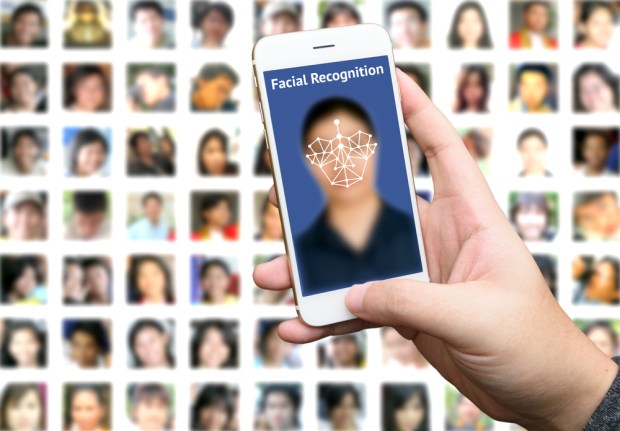Apple Fuels New Biometrics Rumors With RealFace Acquisition

Apple is adding fuel to the biometrics expectations and rumors surrounding its 2017 iPhone device with the acquisition of Israeli facial recognition startup RealFace.
The tech giant acquired the company in a deal that Israeli financial website Calcalist said was worth several million dollars, but the exact details of the transaction have not been disclosed.
Prior to the acquisition, RealFace raised nearly $1 million and had just 10 employees.
While neither company has commented on the purchase, 9to5Mac said that the deal comes at a time when many suspect Apple’s next iPhone device will include upgraded biometrics, such as facial recognition.
Last month, a report from noted KGI Securities Analyst Ming-Chi Kuo outlined that the upcoming device may have new biometric identification technology and a design that better supports a flexible OLED display.
“Apple may switch to a film sensor from the current FPCB sensor in order to provide better 3D Touch user experience, as a film sensor offers higher sensitivity. Also, we expect the new OLED iPhone will come with a flexible OLED panel. To avoid deforming the form factor of the flexible OLED panel from touch operation pressure, a metal structural part will be placed under the film sensor to provide more robust structural support,” the report explained.
According to Kuo, Apple is also developing new Touch ID technology “to complement its full-screen (zero bezel) form factor design and to enhance transactions security.” This change, he suspects, will allow Apple to switch from its current capacitive-type fingerprint recognition to an optical-type system on the new device.
Kuo’s report continued:
“Judging by the bio-recognition patents that Apple has applied for, we believe it is leaning toward facial recognition technology rather than iris recognition. However, we note that the technical challenges of facial recognition include: (1) algorithms; (2) hardware design; and (3) the build-out of a database for verification and authentication, which could be time-consuming. As such, before Apple can fully replace the fingerprint system with facial recognition, a combination of the two steps of bio-recognition could be a valid solution for enhancing transactions security.”
